How do you know if you’re actually having productive contractions, vs Braxton Hicks? What are the tell-tale signs that you can rely on to know if it’s the REAL thing, or not? Let’s find out!
Why you should trust this? — Great question (one, you should always ask)! Hi, I’m Hilary — I’m also known as The Pregnancy Nurse®, I’ve been a nurse since 1997 and I have 20 years of labor and delivery experience. I’m now on of the top prenatal educators online and I get asked this question a LOT. I’m truly a trusted source on this one.
One of the MOST important signs it hat it’s not usually just contractions — so grab my labor sign checklist right here to know what ELSE to watch for:
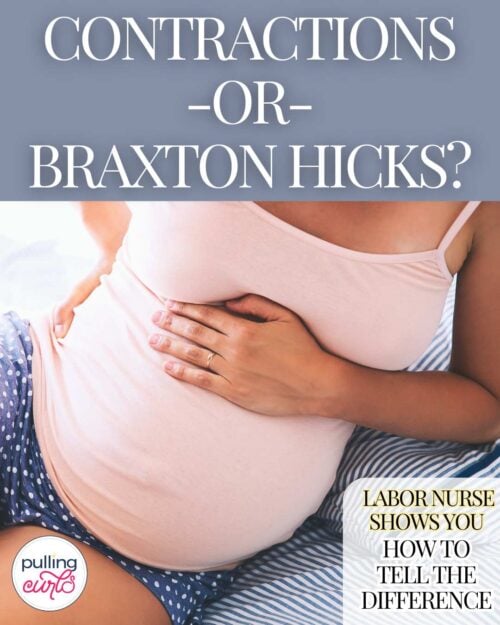
First off, I have to ask…
How far along are you?
Contractions beyond 36 weeks are VERY different than those before that.
Often before 36 weeks your provider may have an equation like this — no more than six contractions in an hour — or call me. That means you need to watch for that.
Babies do best when born after 37 weeks (studies show it). So, we really try to keep them in until then. ANY questions, ask your provider! This is just meant for informational purposes only.
Also, these contractions go by many names:
- Braxton Hicks (although I hear he was a horrible human…. so, there’s that)
- False Labor
- Practice contractions
They’re all the same thing! Contractions that really aren’t progressing your baby into the birth canal with any noticeable difference (although, over time they can soften your cervix and push baby down a bit — which is why you might be dilated at a prenatal appointment).
Ok, so, you’re past 36 (or 37 weeks, or whatever # your provider gives you). What do you look for now?
How Frequent Are They?
There’s a reason your provider is saying to watch for more than 6/hour…. infrequent contractions normally aren’t anything.
Yes, I just said that you can have contractions now and then and they usually aren’t doing much on your cervix.
As you can imagine it takes frequent contractions to really make a difference to push baby into the birth canal — so, contractions now and then usually aren’t much to take note of.
However, if your provider has told you to call them at the FIRST sign of contractions, you need to listen to them. There are certain types of conditions that require VERY careful watching (but not for most people).
It’s really easy, at the first note of a contraction, to wonder IS THIS IT?
However, most often it’s not — and you’ll likely get a LOT of false alarms before you hit the “real thing”.
So, more than 10 contractions in an hour = 10 points
Less than 10/hour = 0 points
Before we keep going, I sometimes see people using fetal movement as a labor indicator and I couldn’t disagree more. While the movements may feel different (maybe baby is descending into your pelvis) — you should still be feeling them, and kick counts are still important — grab my cheat sheet on them here:
Where are they?
Early contractions tend to be located in just your back, or just your belly.
Or, do they seem to radiate through your entire torso? Or, are they more in one spot
Contractions radiate entire torso = 10 points
Contractions tend to be in one spot = 2 points
Here’s the annoying point in time that I tell you that at any point contractions can either take a turn for “more serious” or go away. So, even if contractions are strong and heavy right now — they may stop — or, they may get stronger. They’re so tricky!
Want more info on labor, don’t miss these posts:
- The BIGGEST Myth About Labor (Bar-None)
- Can You Push Yourself Into Labor?
- The EASIEST (and best) Labor and Delivery Nurse Gift Ideas!
- Can Labor Start While Sleeping?
- Can Curb Walking Induce Labor?
How long has this been going on?
Are you just on your 10th contraction, and that’s been about an hour? Or, are you going on a few hours of 10/hour? Again, the longer it lasts, the more sure you are that they’re “sticking” (but frankly, you never know.
Has been going on for over an hour = 10 points
Less than an hour = points
If you’re starting think that “maybe this is nothing” as you read into this article — I will say these early contractions are meant to get your BODY ready. But, I have to ask — is your MIND ready? I recommend this — it’s SO easy and you can get it done in just a few hours. It’s really that one-stop-shop for birth prep!
Any other symptoms?
Like I said in the beginning, labor doesn’t usually come alone. I have a whole post on my sister site about the Signs of Labor. It’s a great way to know what else to watch for — but the top few are:
- Changes in discharge
- Stomach issues (nausea, diarrhea, vomiting)
- Cramping (or a “pelvic fullness”)
- Loss of Mucus Plug
(but be sure to read that post to see all of them — or grab my labor signs checklist here):
Just the contractions for the most part = 0 points
Give each additional symptom 5 points
While all of this is helpful — timing when to go to the hospital is a whole other bag of chips — check out this article for more on that:
How painful are they?
Now, I’m always hesitant to give this as a “sign” because we each experience pain differently.
BUT, normally contractions that are making you progress will take your breath away. That means that you’re in the middle of a meaningful conversation, and you have to stop and just breathe your way through it — you can’t continue.
Obviously, not a “tell-tale” sign — but a pretty good one! This often worked for me as long as I was really honest with myself about if I could “talk” through something. Sometimes I’d sort of pretend I couldn’t. Gotta be honest with ourselves though.
Can talk through them pretty easily. = 0 points
Have to stop talking during contractions = 10 points
Has the pain got you wondering about pain management in the hospital — check out these posts:
- Pain Management Options in Labor?
- How Many CM Do You Need To Be To Get An Epidural?
- Does an Epidural for Labor Completely Take Away The Pain?
- Weird Side Effects From The Epidural That No One Talks About
- The Unsung Hero of Labor & Delivery — IV Pain Medication
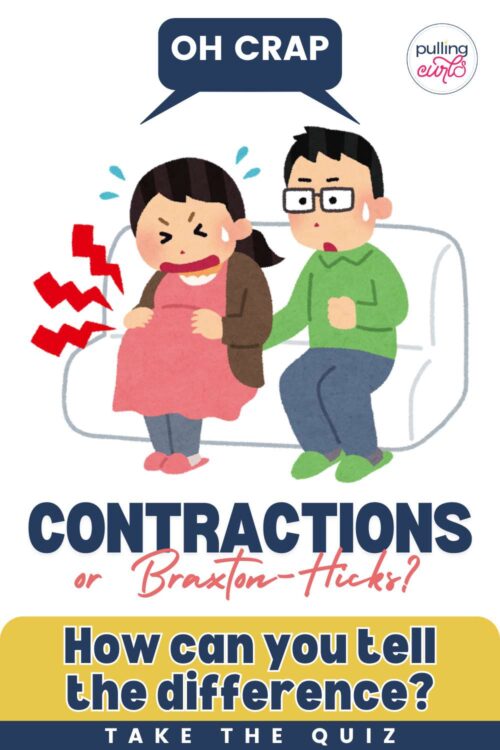
Are they getting more painful?
Are the contractions mostly staying the same, or are they getting more painful and possibly more frequent?
In general, during labor we’ll see the contractions start out pretty far apart, and then slowly get closer together, and more painful.
Of course at any point they can space out, or get less painful (I hate that too, I wish this was more predictable)… but if you’re seeing an overall trajectory towards “more” — that’s often a sign of possible labor.
Contractions are getting more painful = 20 points
Contractions are getting closer together = 20 points
Neither = 0 points
Total Points Possible = Around 100 (depending on your labor signs)
But, what does that mean? It just gives you an idea of if this might be something.
I am a huge fan of ignoring contractions until they’re less than 10 minutes apart. Sure, take note of the time, but just go on about your day. Keep moving, keep drinking, keep eating and keep sleeping if you can! {unless your doctor has told you otherwise}
That note can be especially true for partners who, as soon as you tell them contractions are frequent, tend to get into “baby mode”…. so, be mindful of that.
BTW, wish your partner had their head a bit more in this whole labor game? I recommend this — it’s for BOTH of you!
Have you checked a birth class off your to do list✅? I have a few I recommend:
❤️ Best class for couples {per BabyList}
👩💻 Best class available on demand
⚡ Best class JUST for pain management
👶 Best Postpartum-Only Prep
❤️🧡💛💚💙💜 My favorite class is here.
Now is the time to get started!
What to do now?
Have you packed your bag? Not a bad idea to throw some stuff in a bag — here’s my packing list:
Have you thought about your birth plan? A good time to go through what you’re hoping for:
I also have a whole post on what to do if you’re contracting that is helpful! It’s also REALLY important to know that early labor (also called latent labor) can often take a while.

This likely is not going to be what it is on TV where you grab your bag and have your baby 30 minutes after arriving to the hospital. So, try to chill out.
In fact, I often have people in my group saying they’re wondering if they in labor but are suddenly SUPER nervous because they realize this baby really IS going to come out of them — and get started on The Online Prenatal Class for Couples right then.
I could have EASILY done the class with each of my babies once I started to wonder if I was in labor.
It would’ve been SUCH a productive way to use my time — I can’t recommend jumping in there any more!
Not sure we’re a good fit check out my free class — It’s your first step towards being your own birth boss.



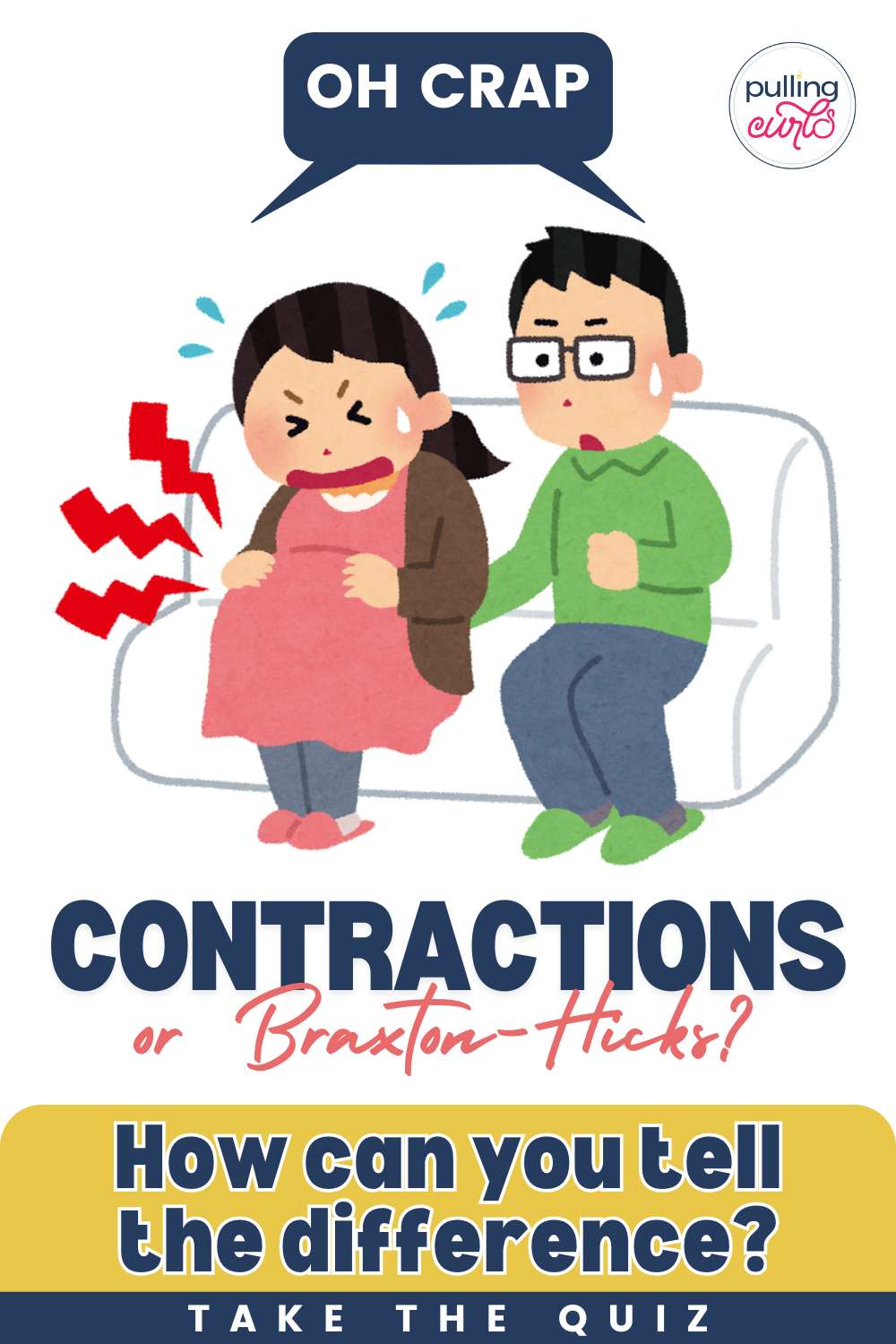
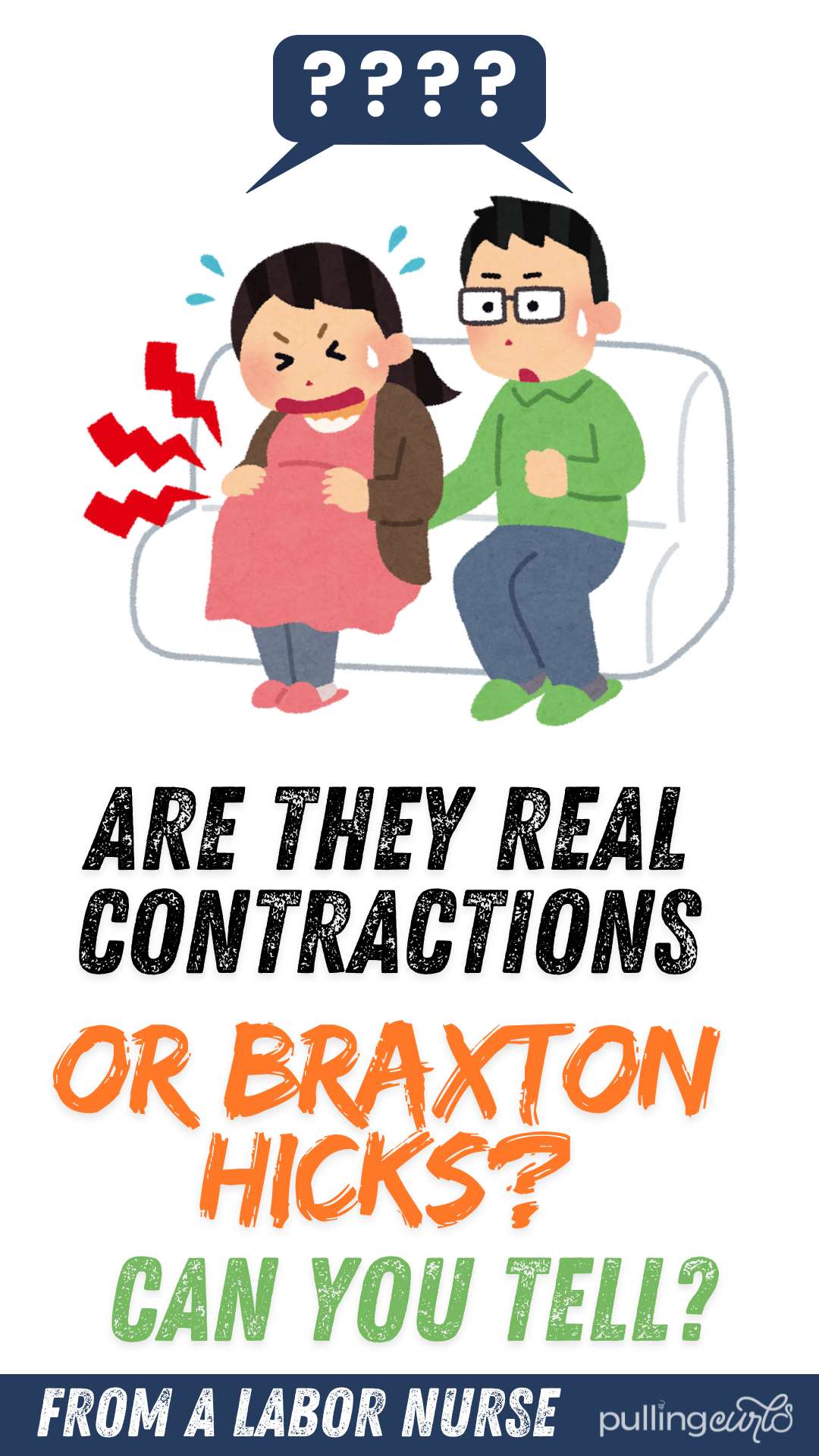
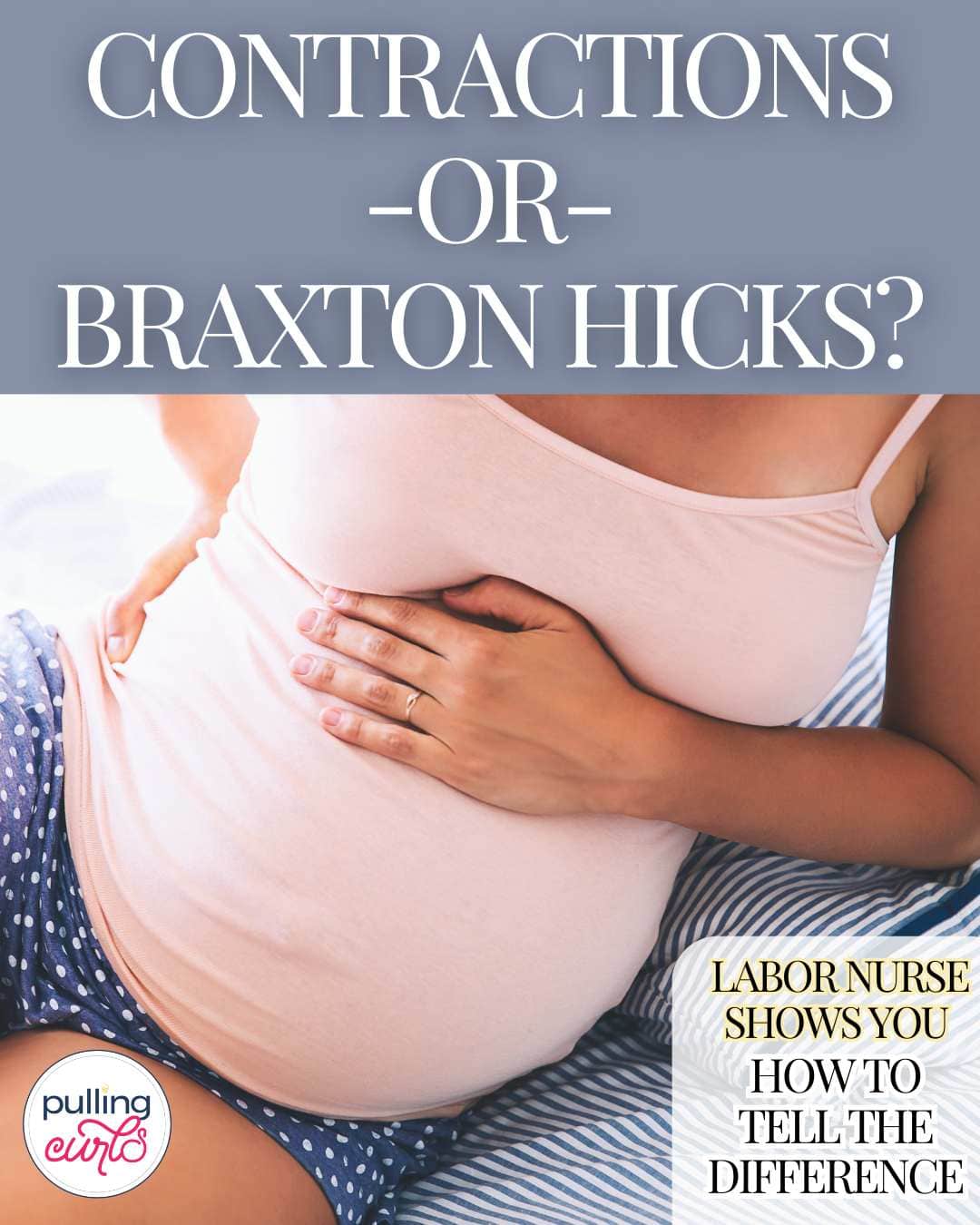


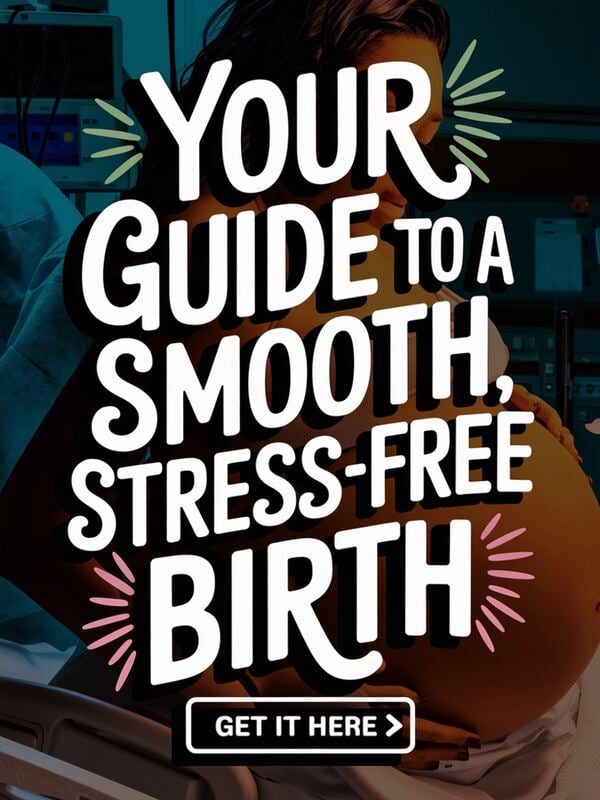






Leave a Reply